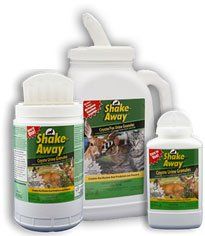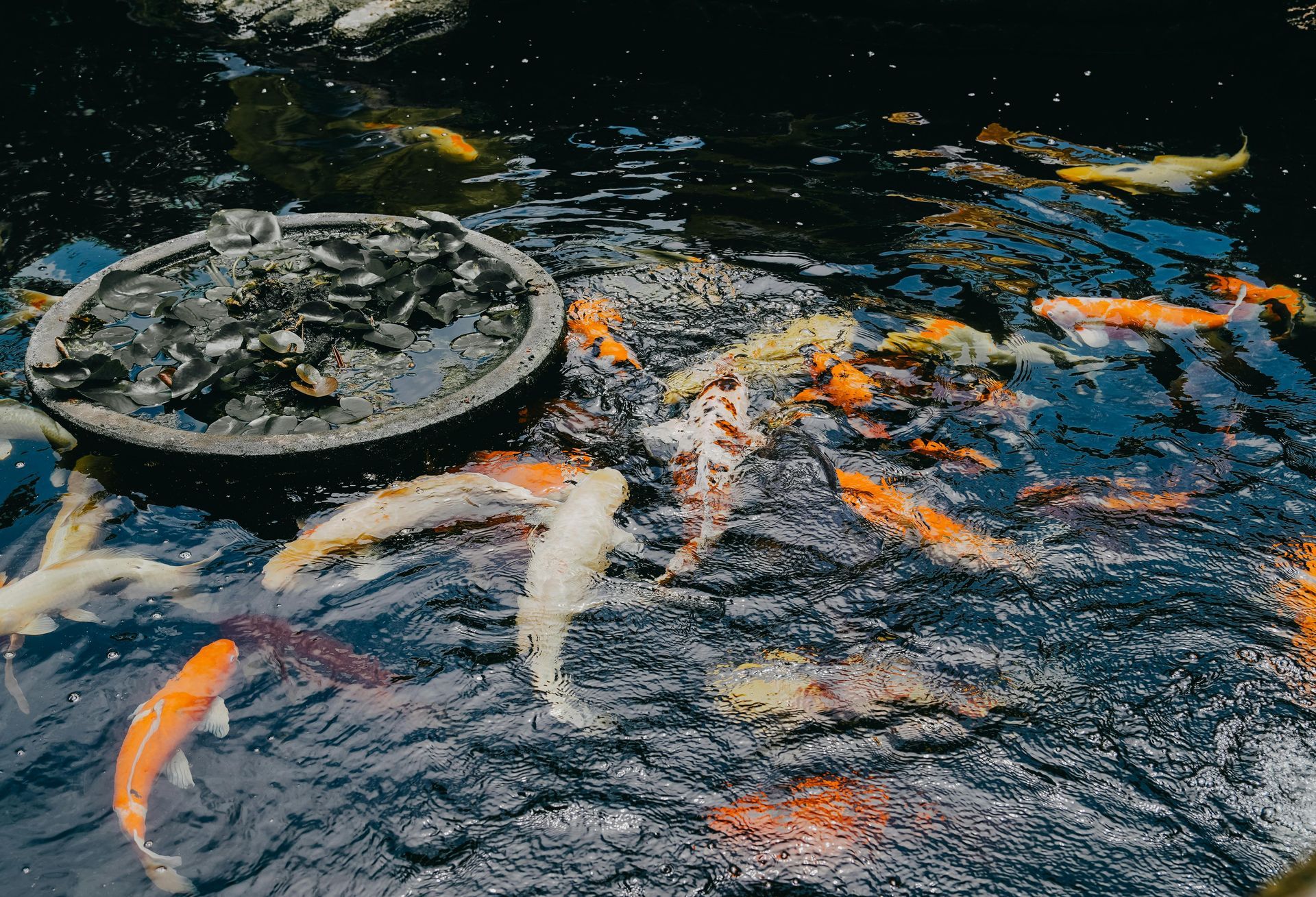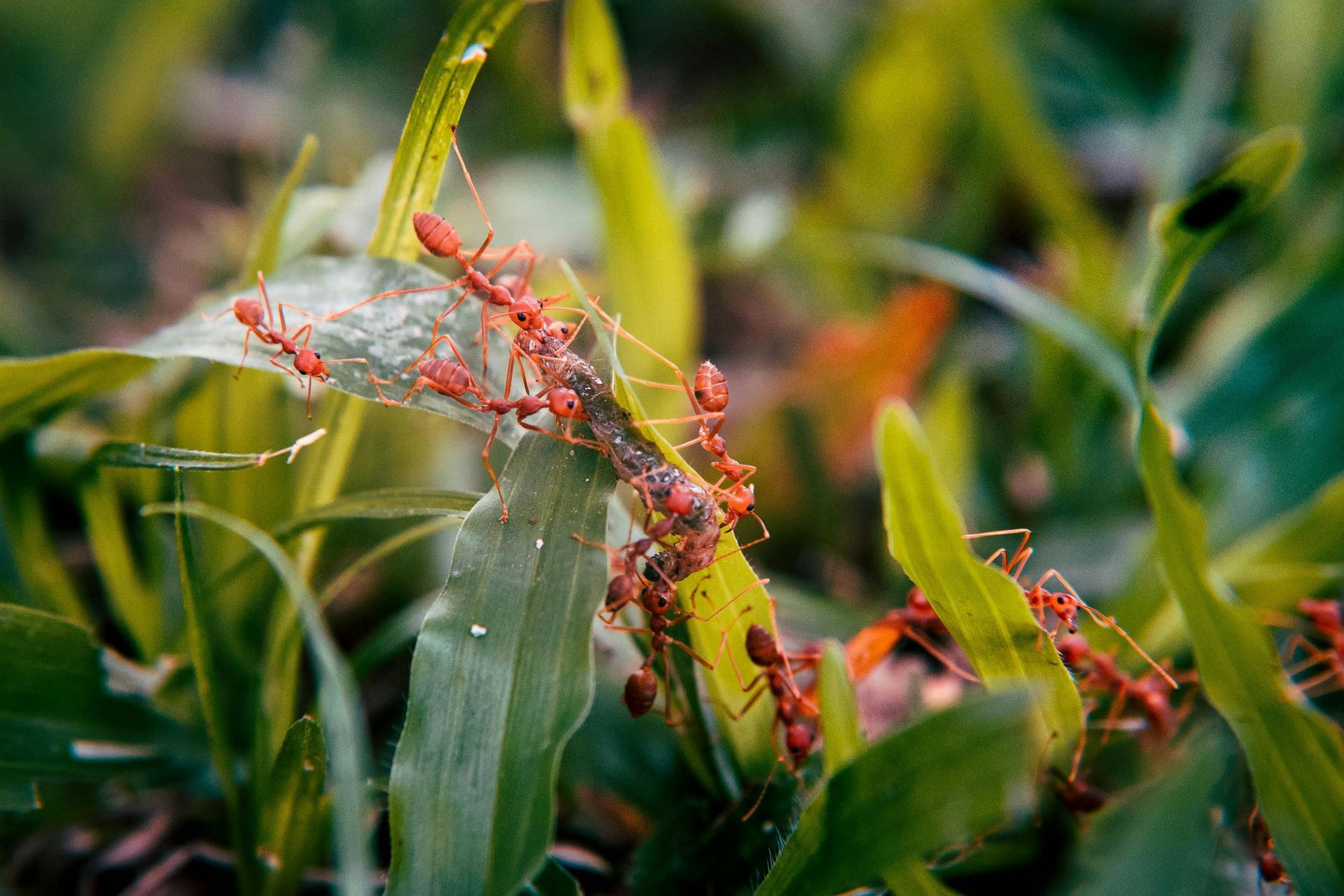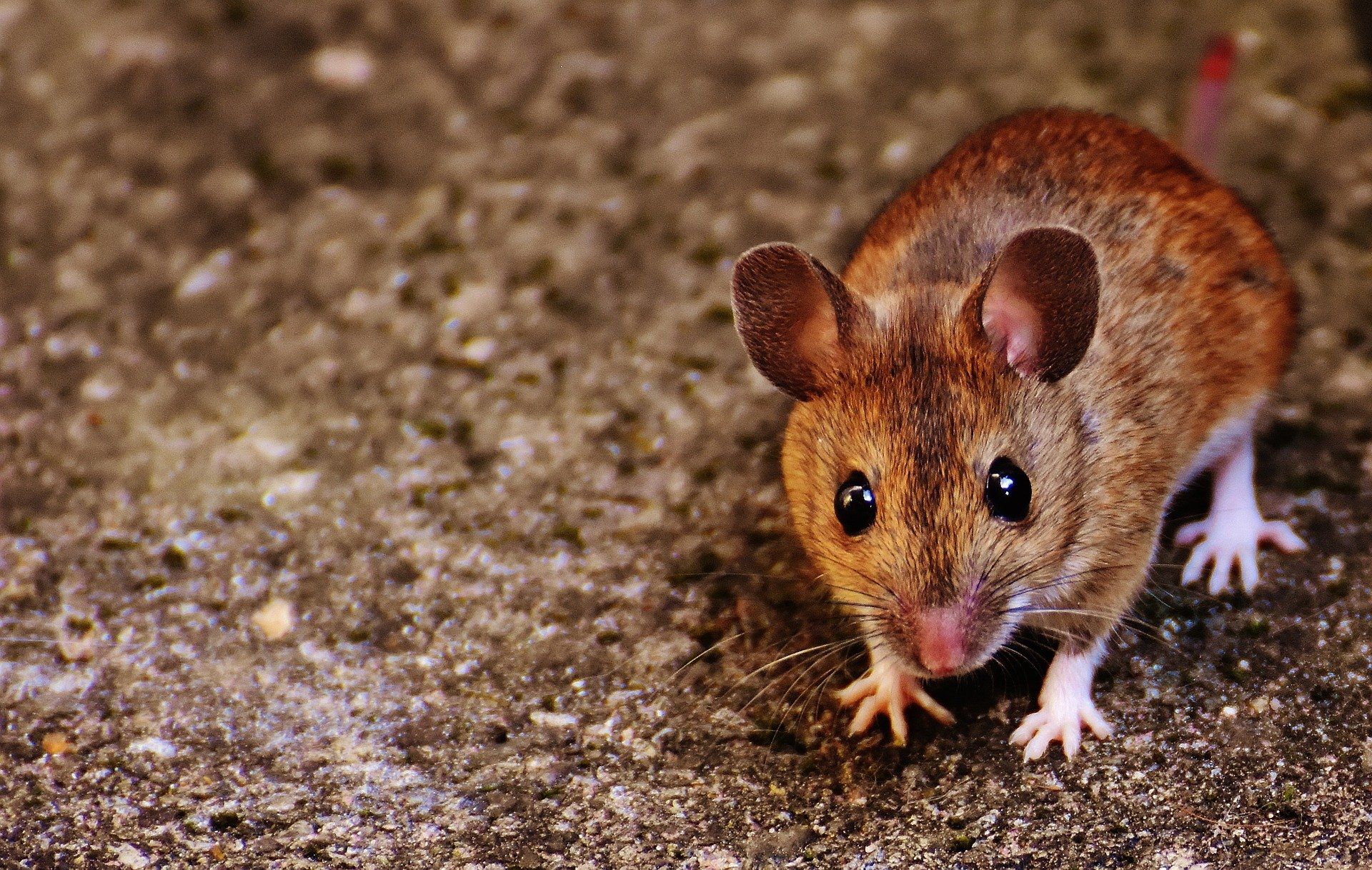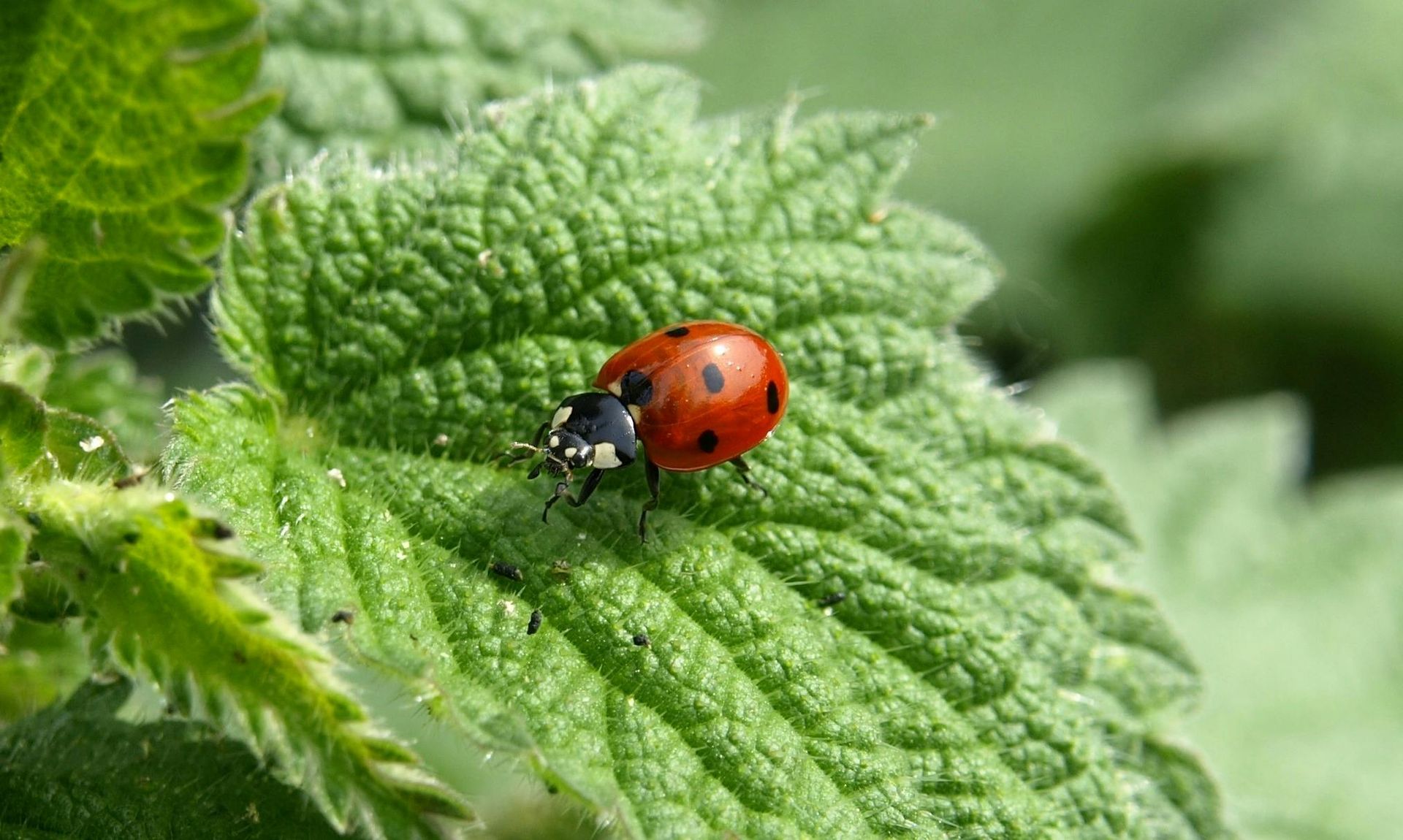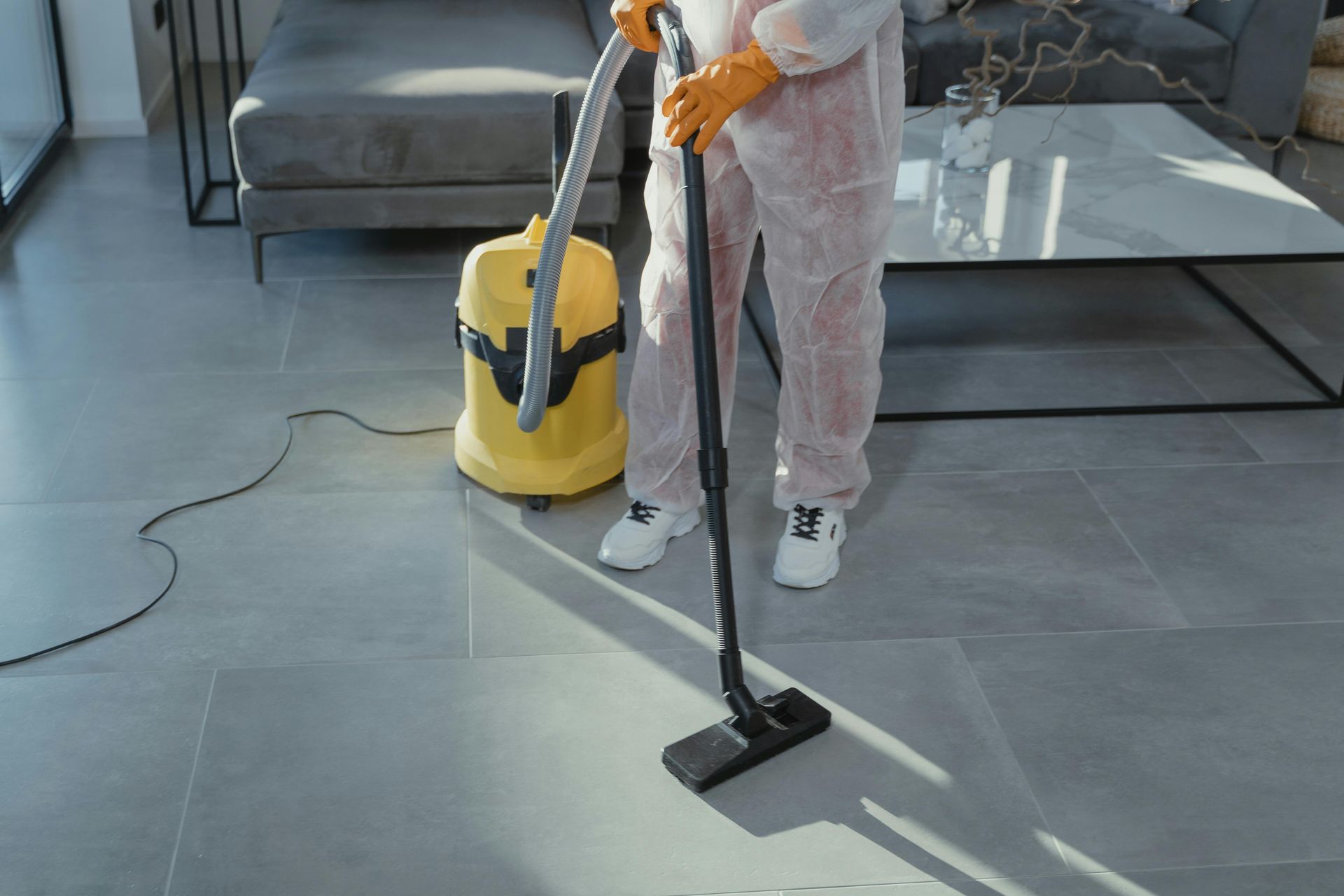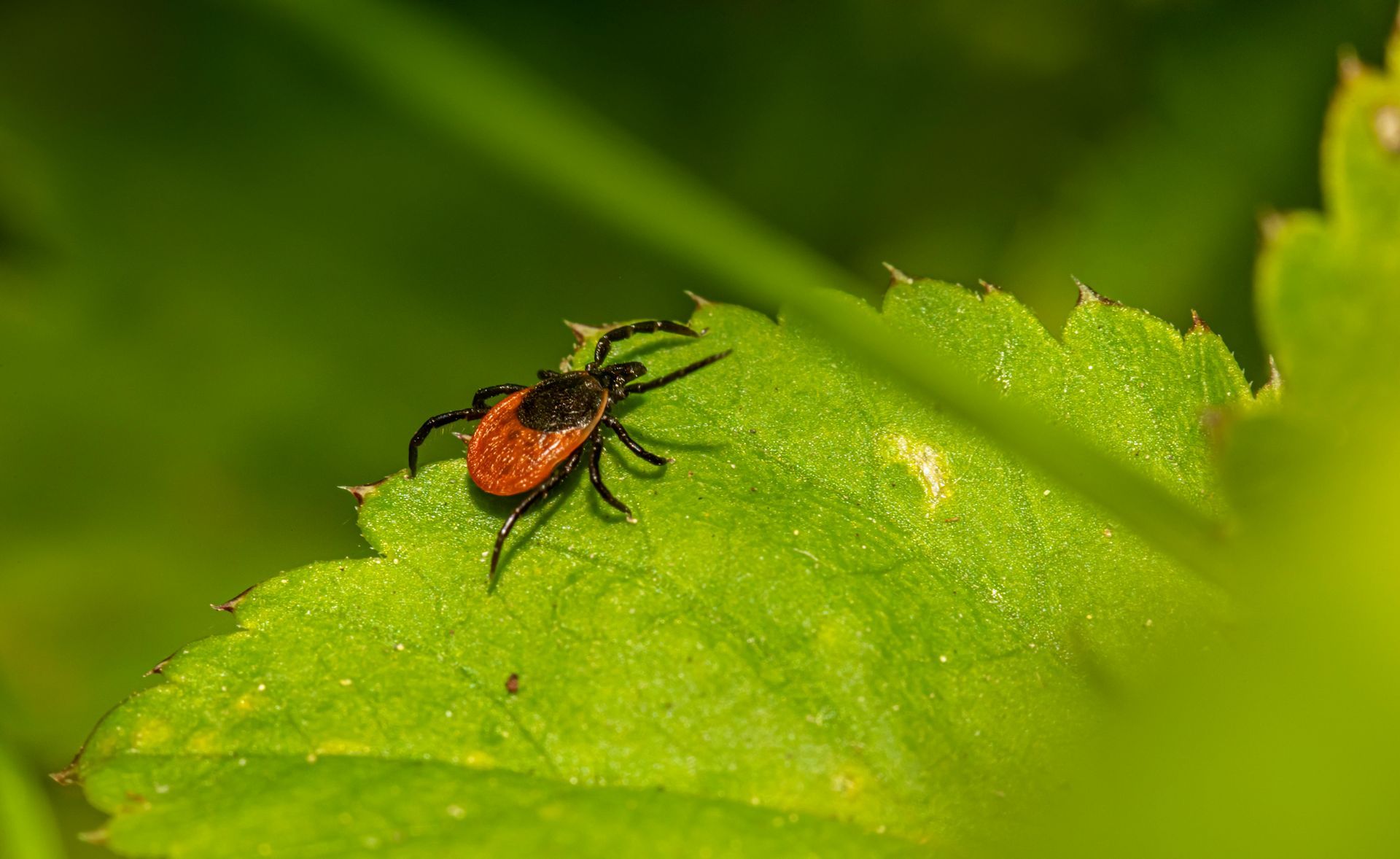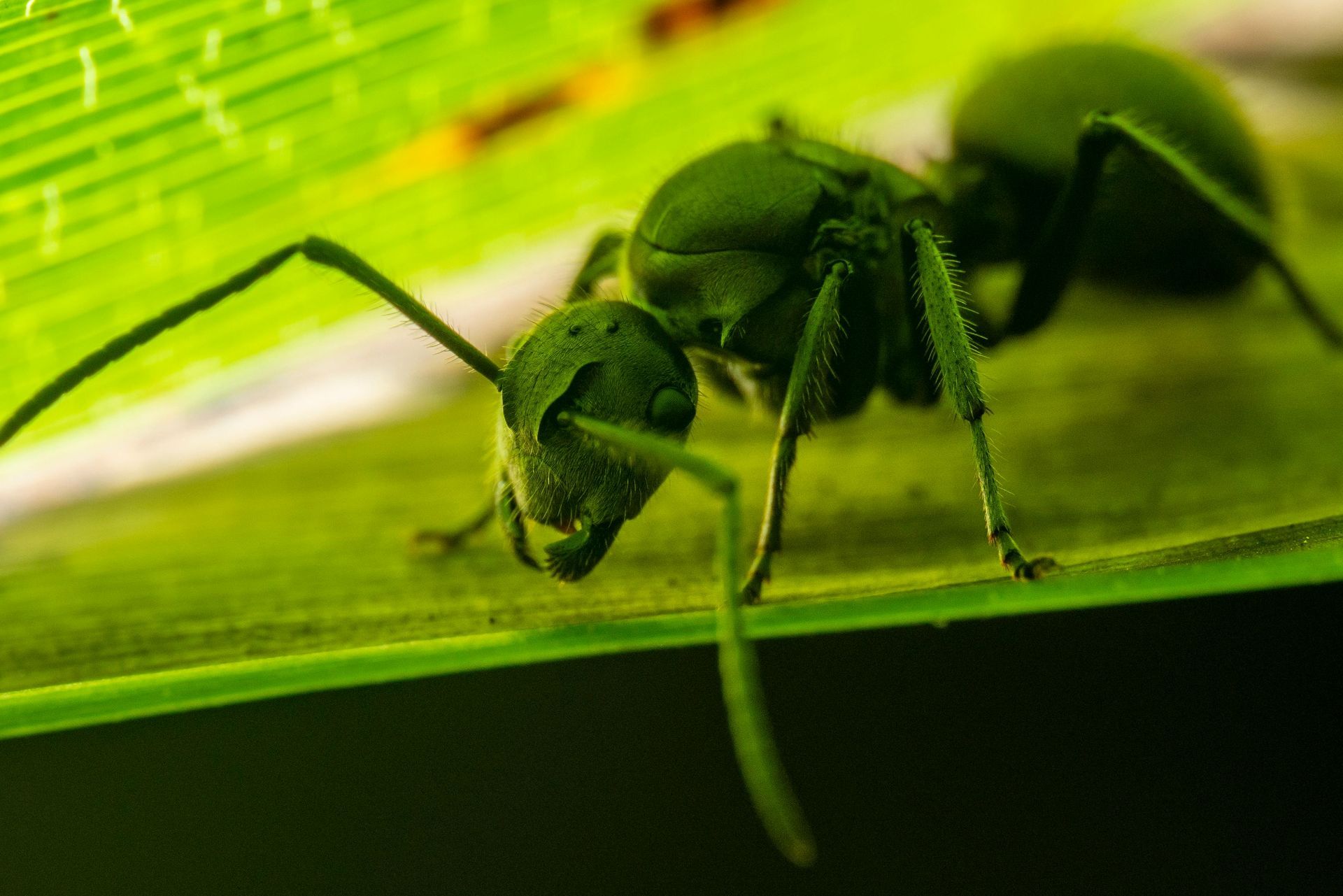Low Maintenance Flowers for the Lazy Gardener
Lazy Gardener’s Guide to a Beautiful Garden
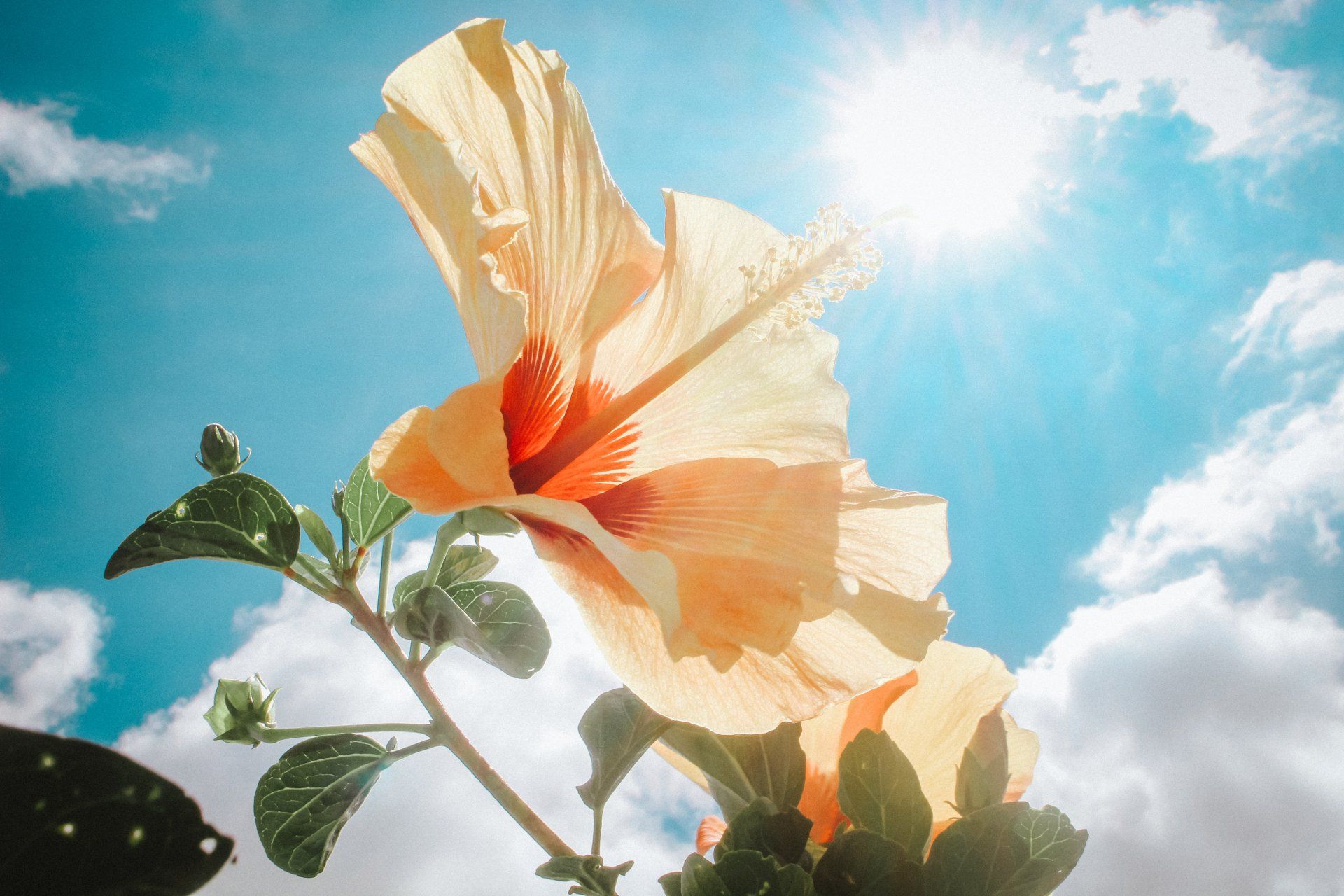
Sometimes it is not possible to find time to take care of the landscape. But that doesn't mean you have to forgo having flowers or a pretty yard. There are many low-maintenance perennials that will allow you to have a beautiful garden without spending all your precious time maintaining it. Once perennials are planted, you don't have to worry about putting new flowers in the garden every year. Just plant the following low-maintenance flowers and watch your garden thrive as they bloom year after year.
1. Coneflower (Echinacea sp.)
Plant the entire landscape with this perennial flower and you will never be bored. There are orange, red, purple, yellow, pink, and blue Coneflower varieties, with a wide variation in height, growth habits, and preferences. These easy-growers may even reseed to spread themselves.
But best of all, they're super low-key and need very little attention after planting, which leaves you with lots of time to admire them. The blooms last for a long time, and each plant flowers profusely, so there is a constant array of colors in the garden.
2. Pasque Flower (Pulsatilla vulgaris)
Pasque Flower is one of the first spring bloomers that lights up the landscape in spring with bright, heart-warming displays and showy blooms. One plant can produce up to 30 blooms in just a couple of months. Pasque Flower plants aren't very tall, averaging 9-12 inches
The bell-shaped, upward-facing flowers come in a variety of blue and purple shades and will re-seed and establish themselves happily in a garden with full sun and good drainage.
3. Daylily (Hemerocallis sp.)
This plant is a great option to brighten your garden as it comes in a plethora of colors. These blooms will only last for a day, but they will continue to appear throughout the summer in zones four through nine.
Daylily grows best in full sun. They are able to tolerate drought conditions, which means that even if you forget to water these plants, they will continue to do well.
4. Cosmos (Cosmos bipinnatus)
Cosmos is another low-maintenance plant that you can consider for your garden. These hardy plants are so easy to grow, they can seed themselves and grow with very little care in warmer areas. They do best in full sun, but they will also grow in partial shade, which means they can be planted anywhere in your garden.
5. Begonia
Begonias are colorful flowers, they are easygoing, tolerant and somewhat forgiving of occasional poor care. But they are sensitive to frost. This is a plant that loves the shade, so if you do not have a sunny garden, this plant will thrive here. It can also tolerate drought conditions and plenty of sun, so regardless of where you plant it, the begonias will grow.
To sum up, you should always be ready to protect your flower garden from hungry pests if you don’t want your plants to be trampled or chewed on. You don’t need to invest in fencing or harmful toxins – try
fully organic and non-toxic Critter-Repellent!
Critter Repellent All Natural Animal Repellent Blog


